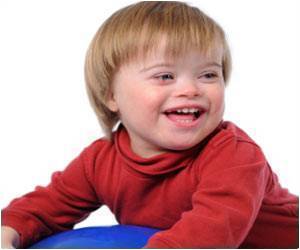Indian Christians treat their women much better than other communities and also their sex ratio is the highest in the country.
On the eve of this Christmas, some cheering news for Indian Christians, something that can make them hold their heads high.
They treat their women better and the sex ratio amongst them the highest among all communities in the country, according to data for 2004-05 released by the National Sample Survey Organisation (NSSO).Interestingly modernization may not have much to do with the flattering trends. If the sex ratio is better, it could be because a large proportion of Christians live in the tribal areas of the North East, and the tribals do not endorse the inhuman practice of female foeticide or discrimination against the girl child.
That apart, sustained educational levels have led the Christians to a better economic status in India. According to the NSS Report, 47% of Christians in urban areas and 38% in the rural areas come within the top third of monthly earning categories, much ahead of Hindus (24%) and Muslims (20%).
Christians have the highest literacy rate among all religious communities. For men, it is 80% in rural areas and 96% in urban areas. For women, it is 69% in rural areas and 89% in urban areas. This is way ahead of other communities, especially for women. Among Hindus and Muslims, only about 41% of the women are literate in the rural areas. In urban areas, 73% of Hindu women and 60% of Muslim women are literate.
A larger proportion of Christian children start attending educational institutions earlier, and continue till later. Moreover, there are proportionately more graduates among Christians than in any other community.
Also the Christian community has the highest proportion of the elderly— nearly 20% of the total. Among Hindus it is 14%, while among Muslims, it is 11%. This may be because of better economic status and educational levels, which would tend to lower birth rates and increase longevity, thereby skewing the age structure upwards compared to other communities. However, education cannot by itself be the path for economic progress, it seems.
Their participation in the workforce is roughly the same as for other communities among men and slightly higher among women. But compared to five years ago, this represents a slowing down of their economic contribution, and hence implies lesser opportunities.
This is further confirmed by unemployment rates. Among Christians, the extent of unemployed has increased from 4% to 4.4% in rural areas, and from 7% to 9% in urban areas between 1999-2000 and 2004-05. For other communities, it has remained broadly the same or has slightly decreased.
Another disturbing factor is that there is increasing caste discrimination within the community.
According to some experts, over 70% of Christians are considered lower castes within the community.
In terms of geographical distribution, it is in the north-eastern region and in Kerala in the south they are found in large numbers. In all at 24 millions, Christians constitute around 2.3% of the country's population in 2001.
Source-Medindia
GPL/M







